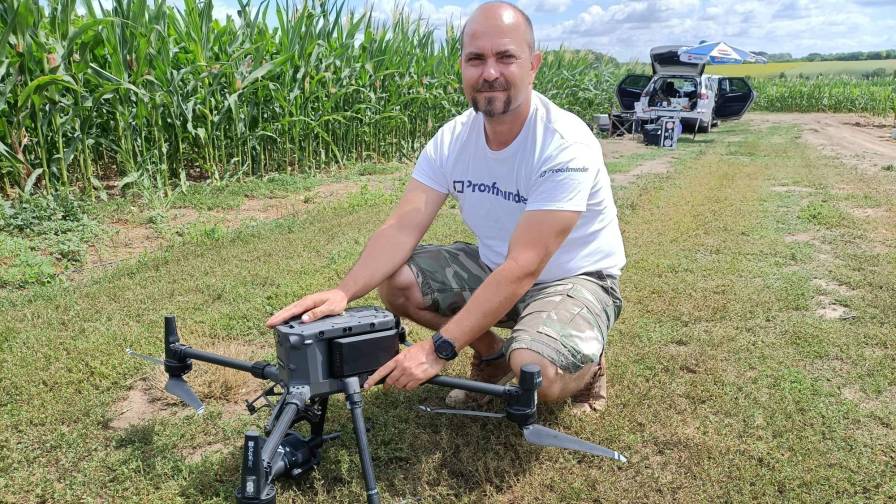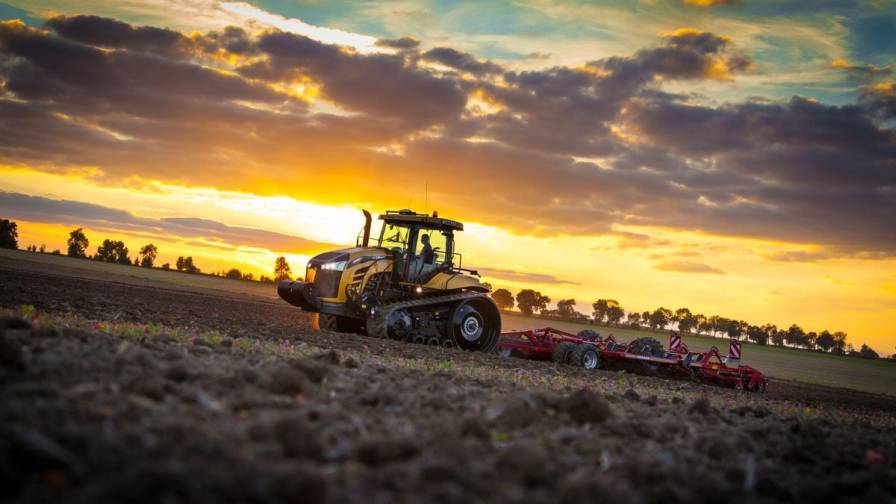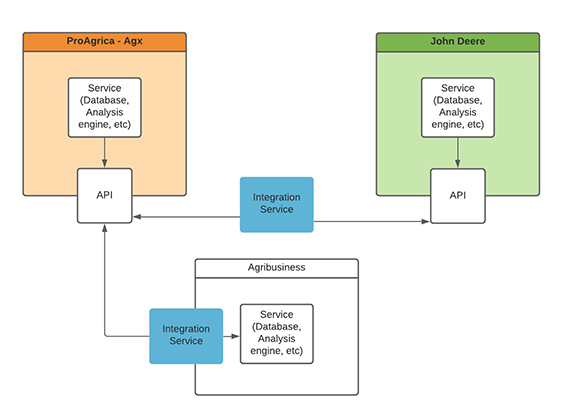Precision Ag Innovations: How to Find Real Dollars Among the Cryptocurrencies?
As we’re almost through the first month of 2018, the dryland cotton in Australia has battled some pretty difficult conditions: extremely hot and dry conditions in combination with herbicide spray-drift in most areas. Irrigated cotton is powering along well, but consuming a lot more water than most growers would have budgeted on at the beginning of the season and dropping some fruit due to the high stress of 105+ degree (40° Celsius) days and 86+ (30° Celsius) degree nights for an extended period. But, as the conditions get more challenging, growers also get more inclined to trial new technologies in order to give their crop the best possible chance of success. So plenty of opportunities to trial new ideas this year!
One example of this is the crop stress maps that are created by the team of Agronomeye. Earlier this season we provided a demo in the local area to inform growers what sort of information can be gathered with their self-made UAV in combination with the Slantrange 3p sensor. Now that the time for a growth regulator application had come and a local grower was in need of a very accurate stress map, the situation was just right to justify getting Agronomeye into our area and provide stress maps that can be translated into a VR mepiquat map.
Although an image created by UAV is a lot more expensive than that from most satellites; the timing constraints, accuracy needed, and the possibility to look at different spectral bands on offer, made this grower choose UAV imagery nonetheless. Because, at the end of the day, every decision made by a grower has to be underpinned by a financial rationale; if it makes sense to use a UAV, a grower will. Now, what I would like to highlight about the situation in our area is that this grower did not just decide one day to ask for a high resolution aerial image in order to put on a variable rate growth regulator application; it has been a process three or more years in the making.
Going back three years I had the first discussion with a local aerial spraying operator, who just purchased his business, about variable rate applications. We then spent the next few months finding out if growers were willing to buy this service, getting consultants on board with the process, figuring out what the scripts had to look like and which changes had to be made to the plane in order to facilitate variable rate applications. After many trials of water-only scripts on fallow fields, we felt that between grower, consultant, service provider (us), and the aerial operator, we had a process and service that was marketable.
MORE BY REINDER PRINS
EvokeAg 2023: Key Takeaways From Asia Pacific’s Premier Agrifood Tech Event
Now, this was not the first time that variable rate applications had been offered in our area. In the early 2000’s this service had been offered for a while, but due to the technological constraints at the time such as expensive imagery, scripts that could only be written overseas, and the difficulties of transferring scripts to planes for example, variable rate applications by airplane had not been used for at least 10 years. Growers now had to be convinced that times have changed and that this is something that is now easily achievable and a good tool to manage in-field variability in their cotton crop. So was a variable rate application not useful 10 years ago? Did cotton fields not have variability then? Of course it was needed, but the technology was simply ahead of its time then and practical constraints prevented widespread adoption.
Over the last three years in this area many growers, most aerial spray operators, and a lot of consultants and service providers have come on board with the process and variable rate growth regulator and defoliant applications are now commonly applied by plane. Where most applications are still based on freely available satellite imagery with a 5+ meter resolution, growers are now demanding a higher level of accuracy which is pushing more accurate satellites and UAV’s into the marketplace. Equipment such as planes and ground rigs are getting more and more accurate and are now commonly equipped with variable rate gear, so the accurate images can be translated in an accurate result. So the fact that a grower now wants UAV imagery for his variable rate application, is really the result of a multi-year process. We can all see the results are improving and I am convinced that this is a process that will keep evolving.
Keeping the timeline above in mind, I can’t help but be skeptical about some of the new tools that are getting touted in the marketplace. Whenever I get asked what my opinion is about a new technology, my first question will always be the same: “so with your technology, assuming it works 100% correct, which decision can a grower now make differently and how will this technology make a grower more money?”. When the answer is something like: “Well, it shows a grower what is happening on his farm,” I already know that the end result will most likely be that this is new technology that helps the grower “gain more knowledge” but that this grower will have no tools (yet) to translate this knowledge into a profitable decision. However great the new source of information is, if it cannot be acted upon, growers are not likely to adopt it.
Crop imagery is a prime example: there are so many different analyses and algorithms that can be used on the same set of multispectral images and all of them provide slightly different insights. However, if the outcome of this analysis is that certain parts of the field need more or less nitrogen towards the end of the season whilst most growers can only blanket-apply fertilizer and 99% of growers apply all fertilizer before planting, the outcome of this imagery analysis is not something that can help a grower improve his bottom line. Maybe in 10 years time he will have the equipment to apply variable rate fertilizer whilst the crop is irrigated and this technology will be very useful for him. Right now, however, this technology has no hope of being relevant and is most likely to just cost money and leave a bad taste with the growers that do try it but cannot take action on its outcomes.
As in the example of the introduction of variable rate growth regulator applications in our area, introducing precision ag technology is a continuous process and a journey that needs to be undertaken by all stakeholders in this process together. You cannot start at the top straightaway but have to start simple and improve from there. Sometimes we want to aim for the stars, but we forget that we are trying to do so in a 20-year-old tractor; not a brand new Space-X rocket.
There are a lot of new technologies getting introduced into agriculture every day and I personally am fascinated by most of them. However, like in the world of Cryptocurrencies at the moment, it is key for growers and service providers to work out which technologies are ready to be used today and are potential game changers and which technologies are not ready for implementation yet and are likely to cost money. After all, you don’t want to find out in two years time that the money you invested in bitcoin is now useless whilst the good old dollar is still as strong as ever…!










